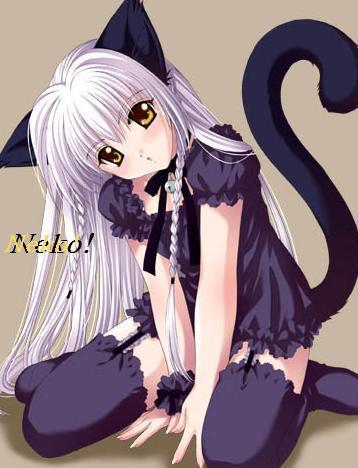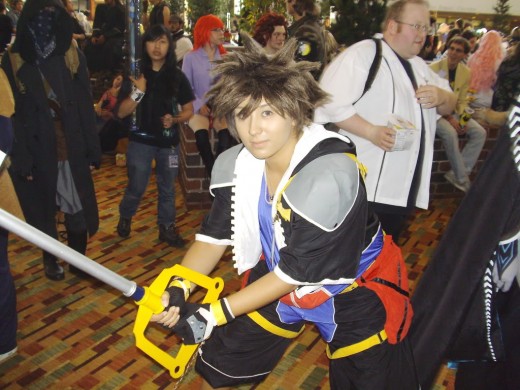‘Cartoons’ verus ‘anime’ - a look into Japanese words that have become part of American English
As any anime otaku (anime geek) will tell you, there is a very big difference between ‘cartoons’ and ‘anime’. To anyone who is not familiar with the differences, it boils down to just being a plain old cartoon. Right?
Right. Anime essentially is cartoons, but there is a difference. ‘Cartoons’ are animations created in America. ‘Anime’ is animations created in Japan. Unless you are an anime otaku, you may not know this distinguished difference.
There are many terms from Japan that have become a part of the American language. Sometimes a word may be changed to suit an easier pronunciation. Other times the meaning is slightly altered to fit a certain image.
A couple prime examples of words with altered pronunciations are the words ‘sake’ and ‘karaoke’. If you are like most of the American population, you may have read these words as ‘sah-kee’ and ‘kar-ee-oh-kee’. However, the original Japanese pronunciation is ‘sah-keh’ and ‘kah-rah-oh-keh’. It is unknown how these words were changed, but one can almost guarantee that if you asked a friend if they wanted to do some ‘kah-rah-oh-keh’, you would get a funny look.
The American otaku subculture has more of these words that may be less familiar to your average Joe. Consider the words ‘manga’, ‘cosplay’, ‘neko’, and even the word ‘otaku’ itself. ‘Manga’ are Japanese comic books (Bleach, D. Gray-Man, Skip Beat, and Fruits Basket to name a few), and the word is used to specifically differentiate the Japanese style from that of American comic books (Batman and Green Lantern anyone?). ‘Cosplay’ is dressing up as an anime character, but it is truly no different from dressing up for Halloween. ‘Neko’ in Japanese simply means ‘cat’, but it is more commonly used in English to refer to the catgirls and catboys that often appear in anime.
So why are these words used?
The reason is unknown. Perhaps it is to help identify anime fans over comic book fans. Maybe even to demonstrate preference of one over the other. But as the trends of Japan continue to influence and cross over into America, more words will become more common, no matter how they are used or pronounced.


Here is a list of words often used between the two countries (most are otaku terminology):
Word – American counterpart - Meaning
Anime – Cartoons – Cartoons from Japan.
Manga – Comic books – Comic books from Japan.
Cosplay – Costumes – Dressing up in costumes of anime characters.
Neko – Cat – Refers to catgirls and catboys (people with the ears and tails of cats).
Inu – Dog – Refers to doggirls and dogboys (people with the ears and tails of puppies).
Kitsune – Fox – Refers to foxgirls and foxboys (people with the ears and tails of foxes), and occasionally the messengers of the god Inari.
AMV – Anime Music Video – A music video featuring anime (usually fan made).
Shoujo – Girl’s comics – Comics aimed towards girls, usually about falling in love.
Shounen – Boy’s comics – Comics aimed towards boys, usually has a lot of action.
Shoujo ai – Light girlxgirl comics – Comics about relationships between females that do not contain explicit content.
Shounen ai – Light boyxboy comics – Comics about relationships between males that do not contain explicit content.
Yuri – Adult girlxgirl comics – Comics about relationships between females that does contain explicit content.
Yaoi – Adult boyxboy comics – comics about relationships between males that does contain explicit content.
Hentai – Adult comics – Basically anime porn.
Below is a link to more otaku terminology!
- A Guide to Otaku Terminology - Chapter 1 - Fanart Central
Eleven full pages of otaku terminology. Hope you find this useful! ...somehow. Anyway, please comment and enjoy! :P








